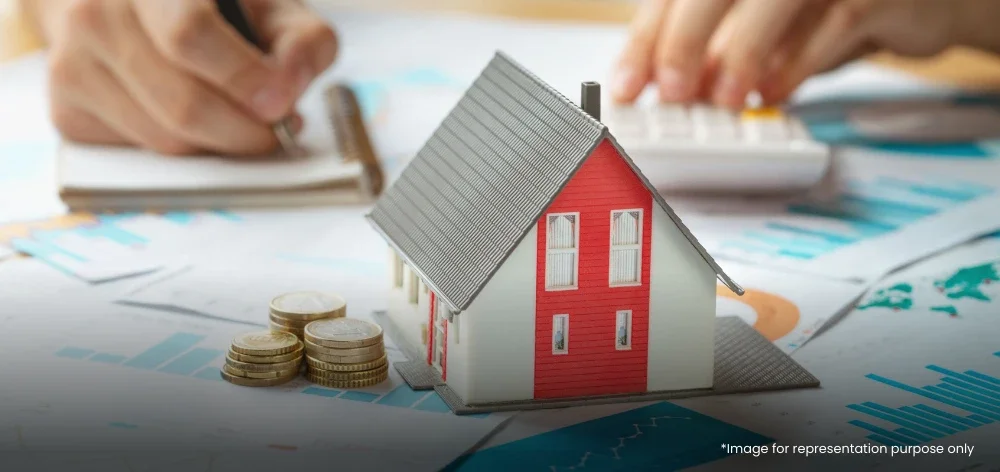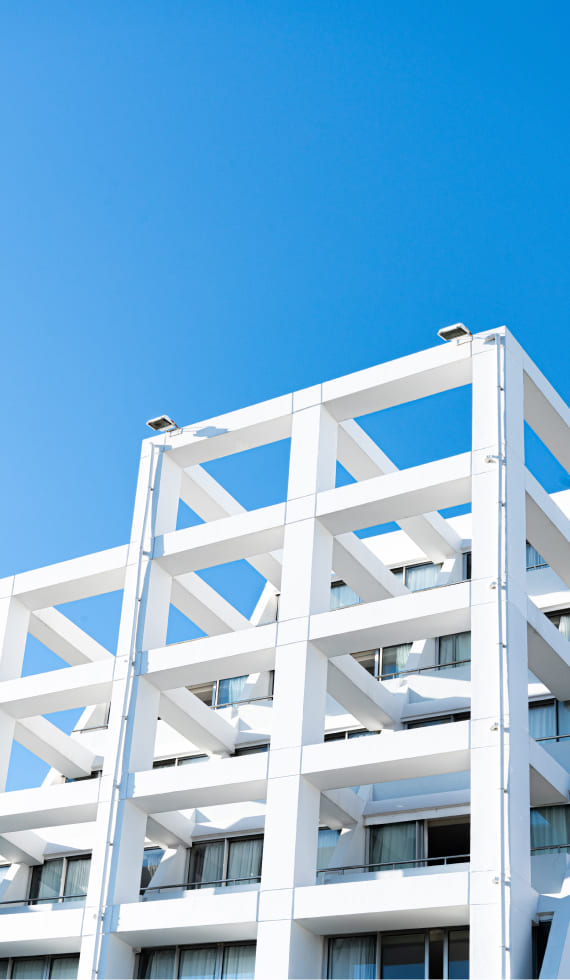Top Financial Mistakes to Avoid When Buying a Home

Buying a house is often the biggest financial decision of your life. Real estate in India is deeply tied to emotions, tradition and aspirations, and for Indians, it can be easy to let the excitement of home buying overshadow practicality. This is why it is important to be aware of the financial implications of your decisions and avoid the most common mistakes when buying a house in India. Since you’re here, we already know you’re looking for checklists for buying a flat before you pull the trigger, so here’s a simple one that will help you make wise financial decisions.
1. Underestimating the Total Cost
Many buyers focus solely on the property’s quoted price and forget about the hidden costs that follow. Stamp duty (ranging from 5–8% depending on the state), registration fees (1–2%), GST (5% for under-construction properties), brokerage (1–2%), and interior costs can inflate your budget by 15–20%, maintenance cost Home finance doesn’t just begin and end with the cost of acquiring your home, but also the expenses you’ll incur beyond it.
Suggest what you can do instead:
- Use online calculators to estimate total expenses.
- Opt for a ready-to-move-in property to avoid GST.
- Negotiate with builders for waived amenities charges (e.g., clubhouse fees).
2. Over-Leveraging with a Home Loan
It’s tempting to borrow the maximum loan amount banks offer, but stretching your EMI beyond 30% of your monthly income is risky. A job loss, medical emergency, or interest rate hike can derail repayments. Home loan finance is all about accounting for contingencies and emergencies.
What to do instead:
- Limit EMIs to 30–35% of your income.
- Choose a shorter tenure (15–20 years) to save on interest.
- Make a down payment of at least 20% to reduce the loan burden.
Pro Tip: Women co-applicants can secure lower interest rates. Banks like SBI and HDFC offer up to 0.5% discounts for female buyers.
3. Skipping Due Diligence
In a rush to seal the deal, buyers often skip critical checks. A property with legal disputes, unclear titles, or pending dues can turn your investment into a nightmare.
What to do instead:
- Verify the builder’s RERA registration (check the state’s RERA portal).
- Ensure the land is free of liens or encroachments.
- Confirm utility approvals (water, electricity, sewage) to avoid future fines.
Real-Life Example: In Mumbai’s suburbs, buyers of a high-rise faced 3-year delays due to incomplete environmental clearances.
4. Ignoring Loan Offer Comparison
Accepting the first loan offer you receive could cost you lakhs. Interest rates vary widely between banks, NBFCs, and housing finance companies. Financial planning often includes exploring every possible option available and choosing the best one.
What to do instead:
- Compare processing fees, prepayment penalties, and foreclosure charges.
- Negotiate for lower rates if you have a high credit score (750+).
- Check eligibility for government subsidies like PMAY (up to ₹2.67 lakh interest benefit).
5. Forgetting Future Expenses
Maintenance costs, property taxes, and rising utility bills can strain your budget. A ₹50-lakh apartment might come with ₹10,000/month maintenance fees if it has luxury amenities.
What to do instead:
- Prioritize needs over wants (e.g., skip the rooftop pool for a functional gym).
- Budget 1–2% of the property’s value annually for repairs.
- Install energy-efficient appliances (BEE 5-star ACs, LED lights) to cut bills.
6. Overlooking Tax Benefits
Many buyers miss out on deductions under Sections 24 and 80C, leading to unnecessary tax payments. Residential property for sale often has many tax implications, and it is advisable to explore these with an experienced financial advisor so that you are aware of these.
What to do instead:
- Claim up to ₹2 lakh on home loan interest (Section 24).
- Deduct ₹1.5 lakh on principal repayment (Section 80C).
- If co-owning, split deductions between spouses for double benefits.
Note: Tax benefits apply only to self-occupied properties.
7. Skipping Home Insurance
A single disaster—floods, fire, or earthquakes—can wipe out your savings. Yet, 70% of Indian homeowners skip insurance to “save money.”Reputed real estate developers like Tata Housing have tie ups with top insurance providers that will get you great deals on home insurance policies, which is something to keep in mind before making a purchase decision.
What to do instead:
- Buy a standard home insurance policy (₹5,000–10,000/year) covering structure and contents.
- For flood-prone areas (e.g., Chennai), add specific riders.
8. Letting Emotions Dictate Decisions
Falling in love with a house can blind you to red flags. Overpaying for a “vastu-compliant” property or a “corner flat with a view” is common.
What to do instead:
- Set a strict budget and stick to it.
- Visit properties multiple times at different hours to check noise levels, water supply, etc.
- Use apps like Magicbricks or NoBroker to compare prices in the locality.
9. Ignoring Resale Potential
A poorly located property or one with outdated design can be hard to sell later. For instance, homes near landfills or industrial zones in Delhi-NCR often sell below market rates. One of the most common tips for buying your first home is to consider its resale value, and with good reason.
What to do instead:
- Buy in developing areas with upcoming infrastructure (metro lines, highways).
- Avoid overly customized interiors that limit buyer appeal.
10. Not Planning for the Long Term
A 2BHK might suit your needs today, but expanding families or remote work trends could demand more space in 5–10 years.
What to do instead:
- Opt for scalable layouts (e.g., convertible study rooms).
- Ensure the society allows vertical expansion (adding a floor).
Final Thoughts
Buying a home in India is a marathon, not a sprint. Now that you know these house buying mistakes to avoid, by planning meticulously, staying patient, and consulting experts like a CA or legal advisor you can make a secure investment. Remember, a home isn’t just an emotional asset—it’s a long-term financial commitment. By sidestepping these pitfalls, you’ll secure not just a house, but a stress-free future.

